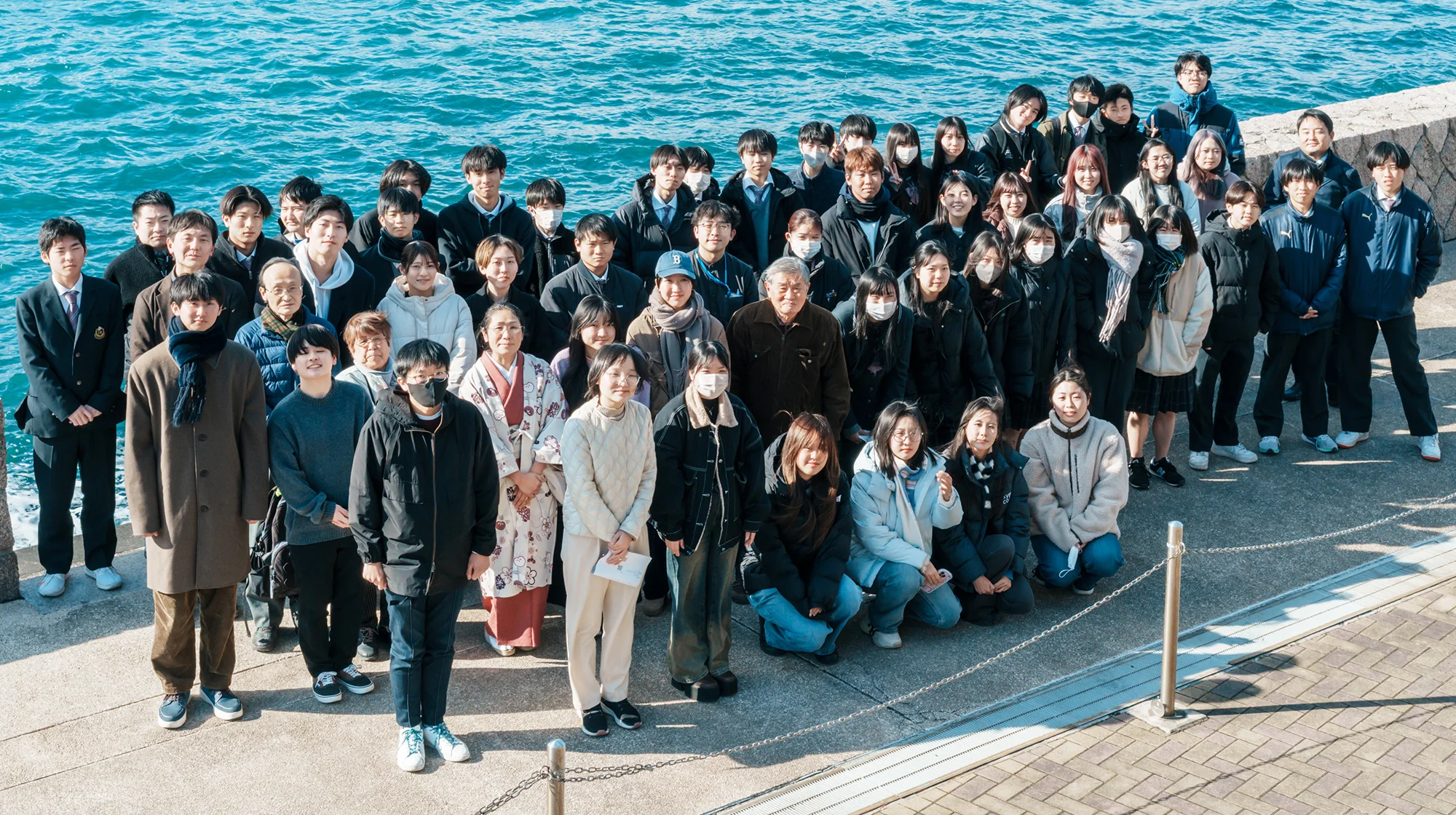Hiroshima's University Students Conceptualize
the Ideal Future of Miyajima.
Students from several universities in Hiroshima are participating in a range of initiatives encompassed by the theme of "Miyajima." As part of this, they are researching Miyajima's tourist attractions and traditional architecture or aiding their goal of revitalizing the island. The first Miyajima Student Forum was held on February 18, 2025. It had the aim of creating a space for students to interact with one another and the local community, and to foster collaboration between industry, academia, government, and the private sector. We were present at the event to hear the opinions of the students.
Miyajima Excursion
Visiting Machiya Street to learn about its history and culture.
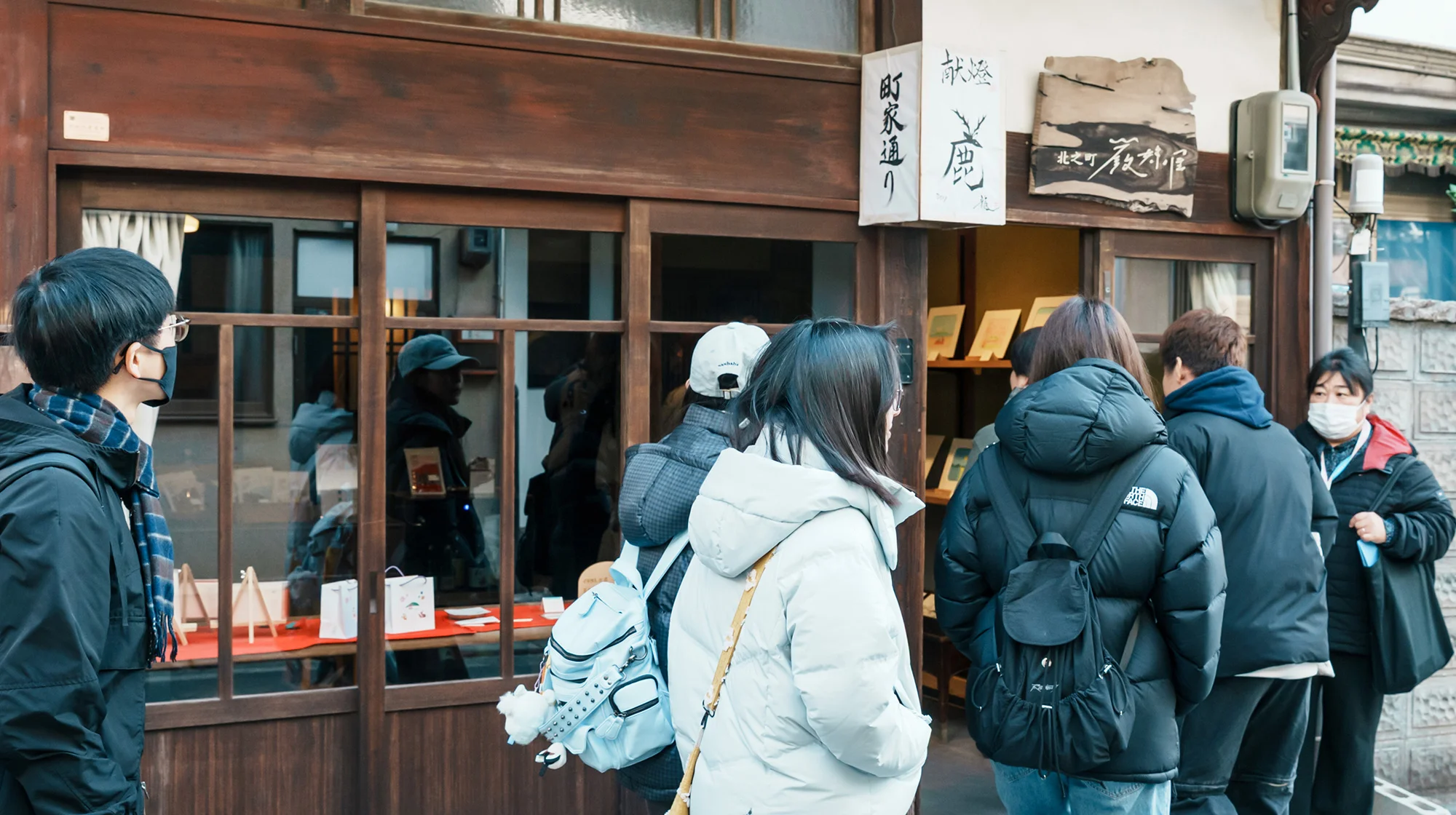
In the morning, they held the Miyajima Excursion, where 17 people from Hiroshima University, Hiroshima Shudo University, and Yasuda Women's University visited Machiya Street in Miyajima. They visited Itsumoya, a Machiya townhouse built around the end of the Meiji period that was renovated and has been used as a rental property for the past 16 years. The owner, Hiroshi Kikuchi, explained how Machiya townhouses in Miyajima have a unique layout consisting of three rooms lined up from the entrance. These are called "Mise" (front shop), "O-ue" (middle room with a household shrine), and "Zashiki" (tatami mat room). There is also a courtyard located inside.
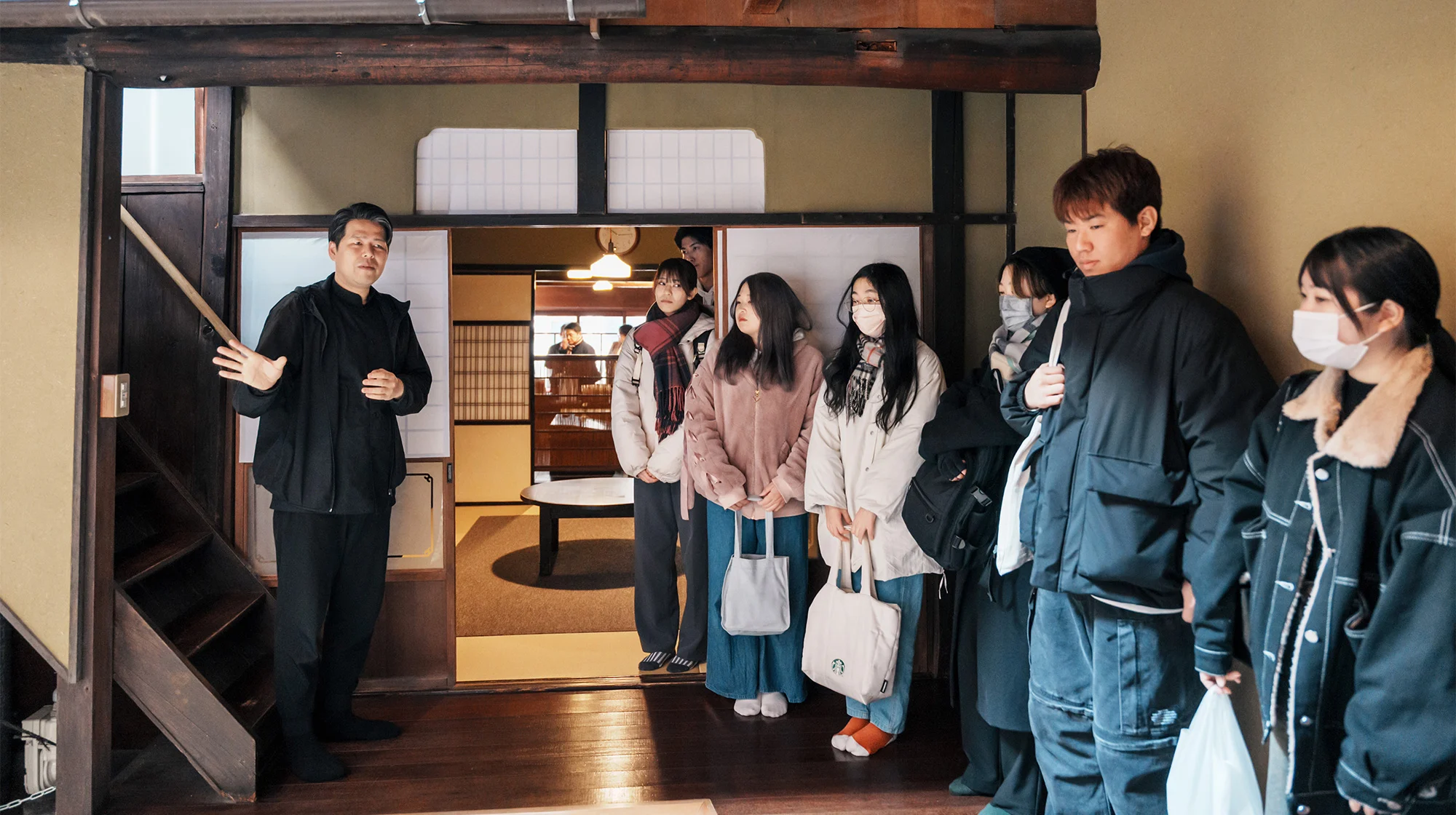
Next, they visited Gallery Miyazato, a 200-year-old rice scoop shop that was renovated and has been used as a gallery cafe since 2003. The manager, Tetsuya Miyazato, explained the characteristics of the architecture of Machiya townhouses in Miyajima, their past uses, and specific initiatives to revitalize the area in collaboration with the island residents.
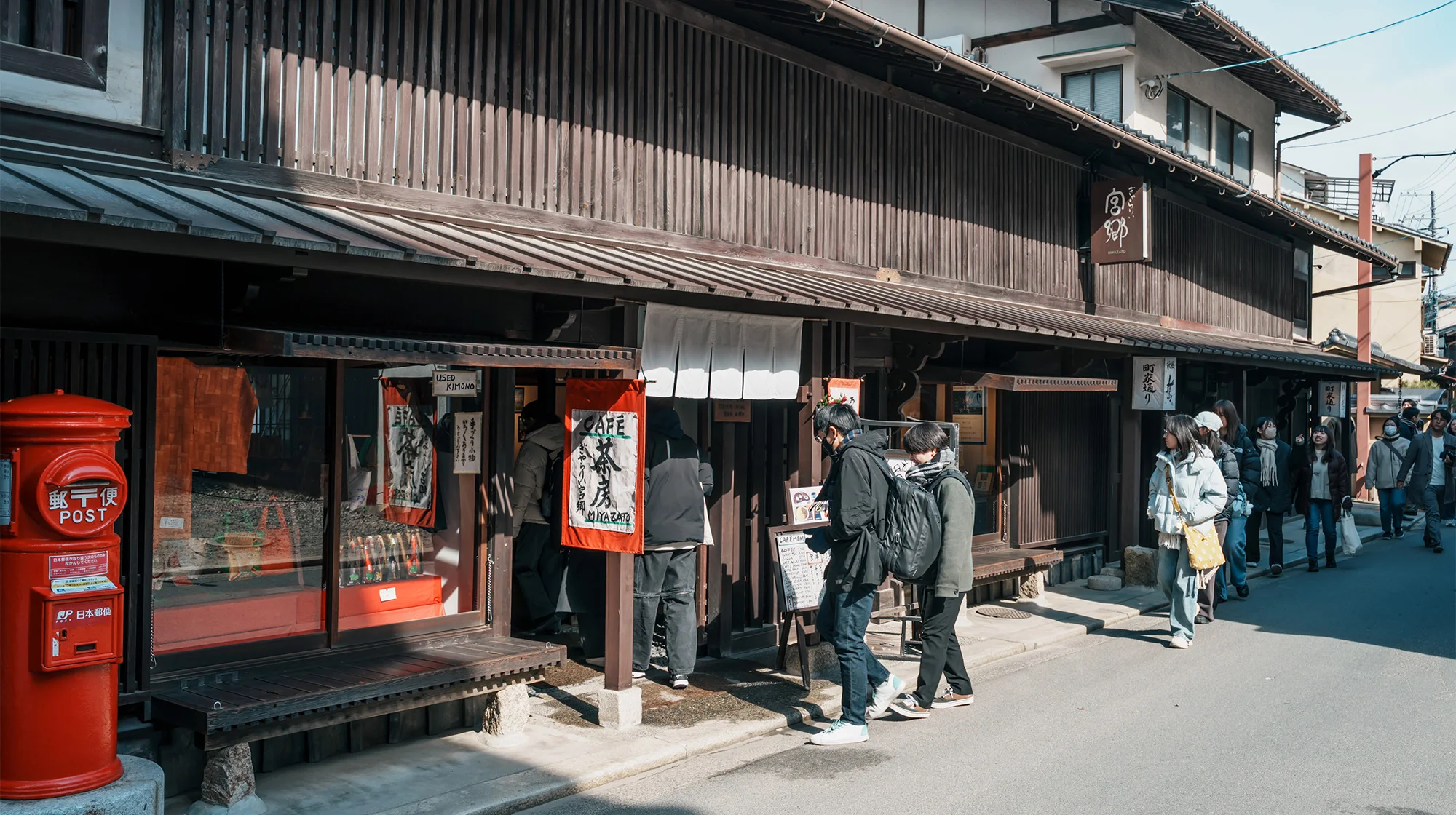
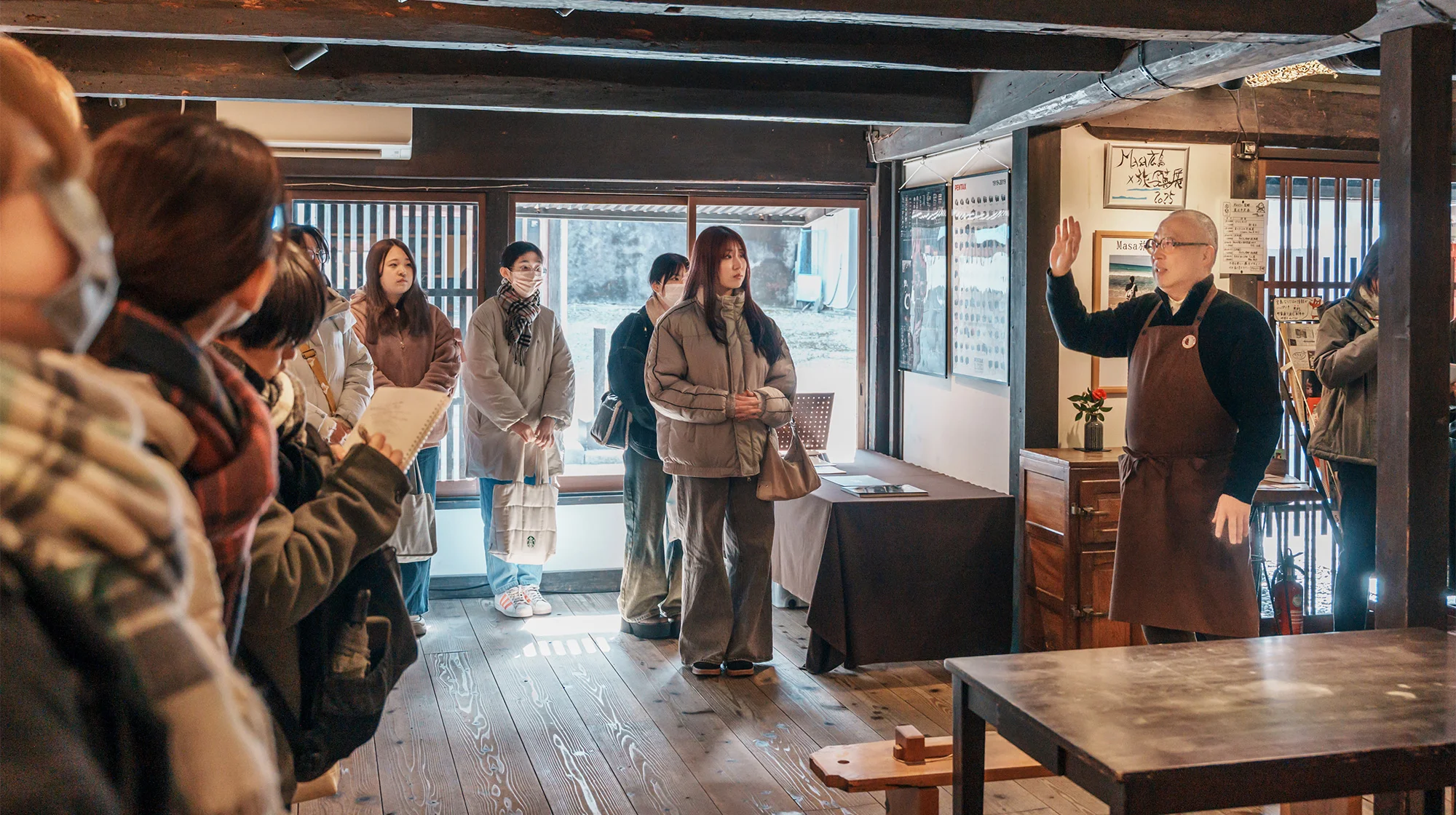
A participant from Yasuda Women's University said, "I didn't know very much about Machiya Street before, so I really value the chance to see inside such traditional buildings. I'm happy to learn about Miyajima's unique culture and hear the thoughts of local residents."
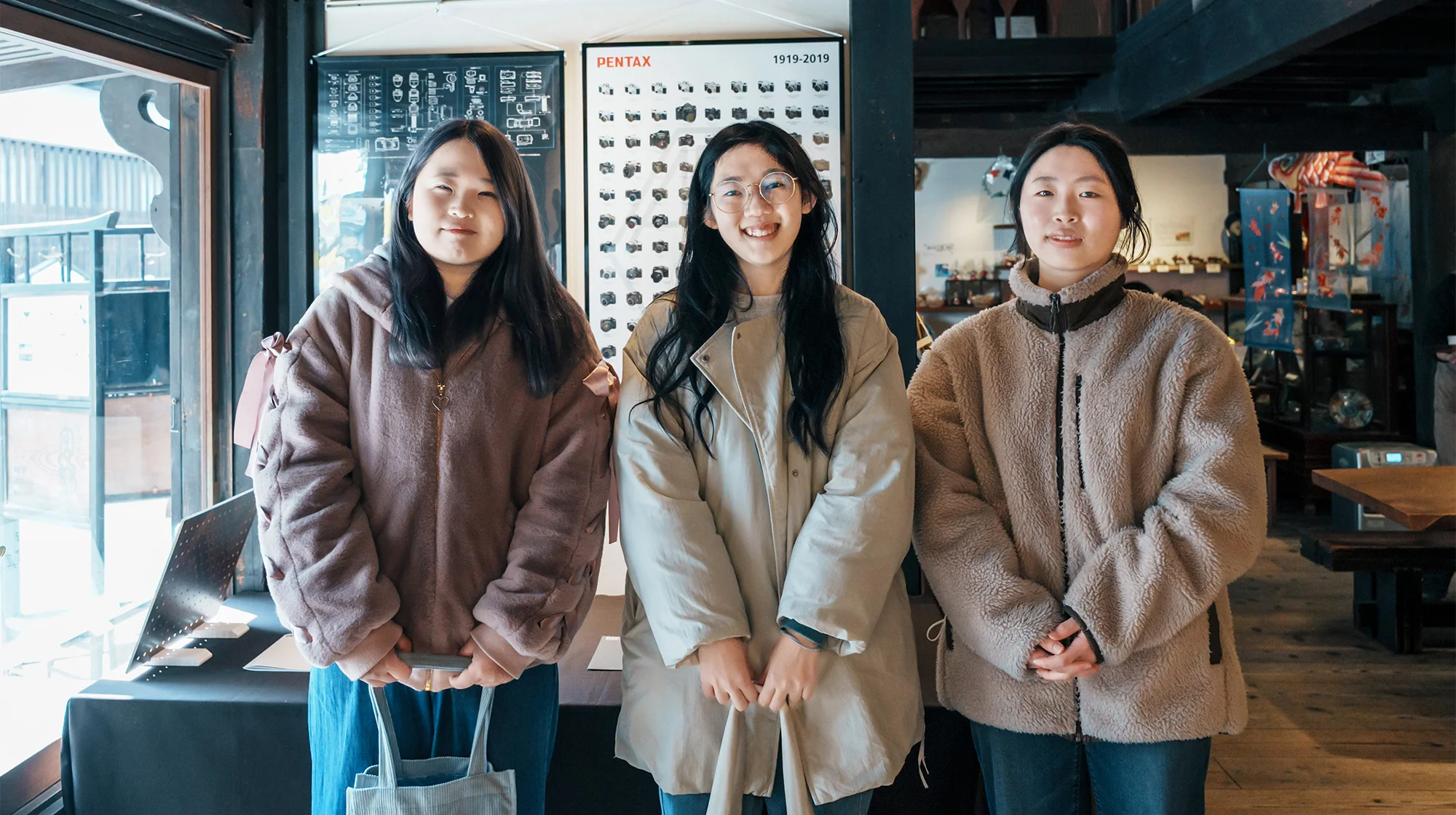
Miyajima Student Forum
Students tackle the issues faced by Miyajima.
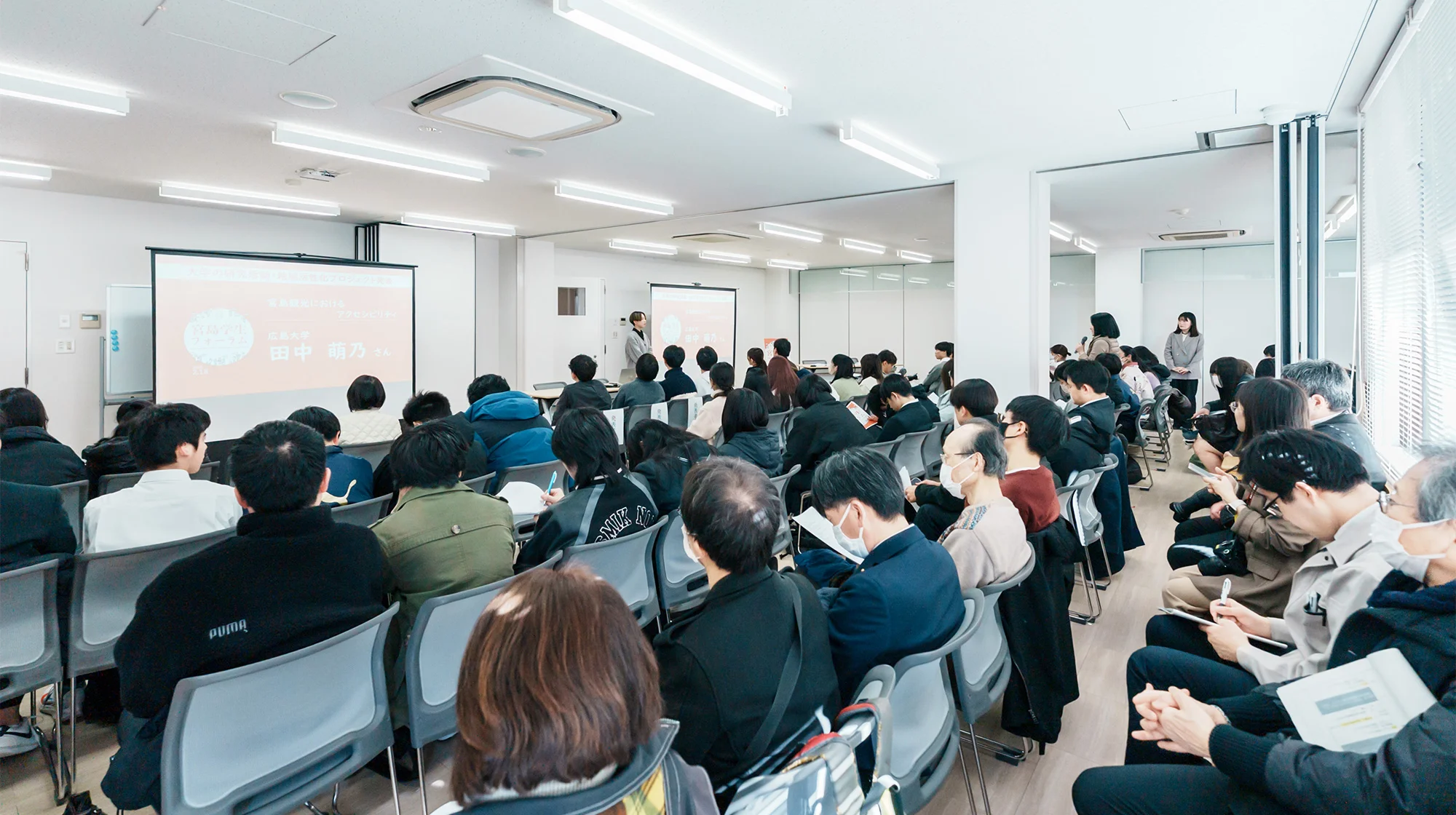
In the afternoon, they held the Miyajima Student Forum, where there was a presentation of findings from students of Hiroshima University and Hiroshima Shudo University who participated in the Miyajima research and regional revitalization project. More than 50 people attended the presentation, including university students, high school students, and local residents.
Mana Miyaguni, Moeno Tanaka, and Naoto Nakagawa from Hiroshima University took the stage to talk about their experiences helping the community in Chue-machi as part of the university's Bridging Community Development Project for contributing to regions.
Miyaguni's presentation covered the differences in behavior between Japanese and foreign tourists in Miyajima. She explained that Japanese travelers tend to value time with their travel mates, while foreign tourists tend to value interactions with local culture and nature and seek more diverse tourism experiences. She then suggested that expanding the range of local activities could increase the time spent and the variety of places visited by tourists in the area. It would also help solve the recent issue of over-tourism throughout Miyajima.
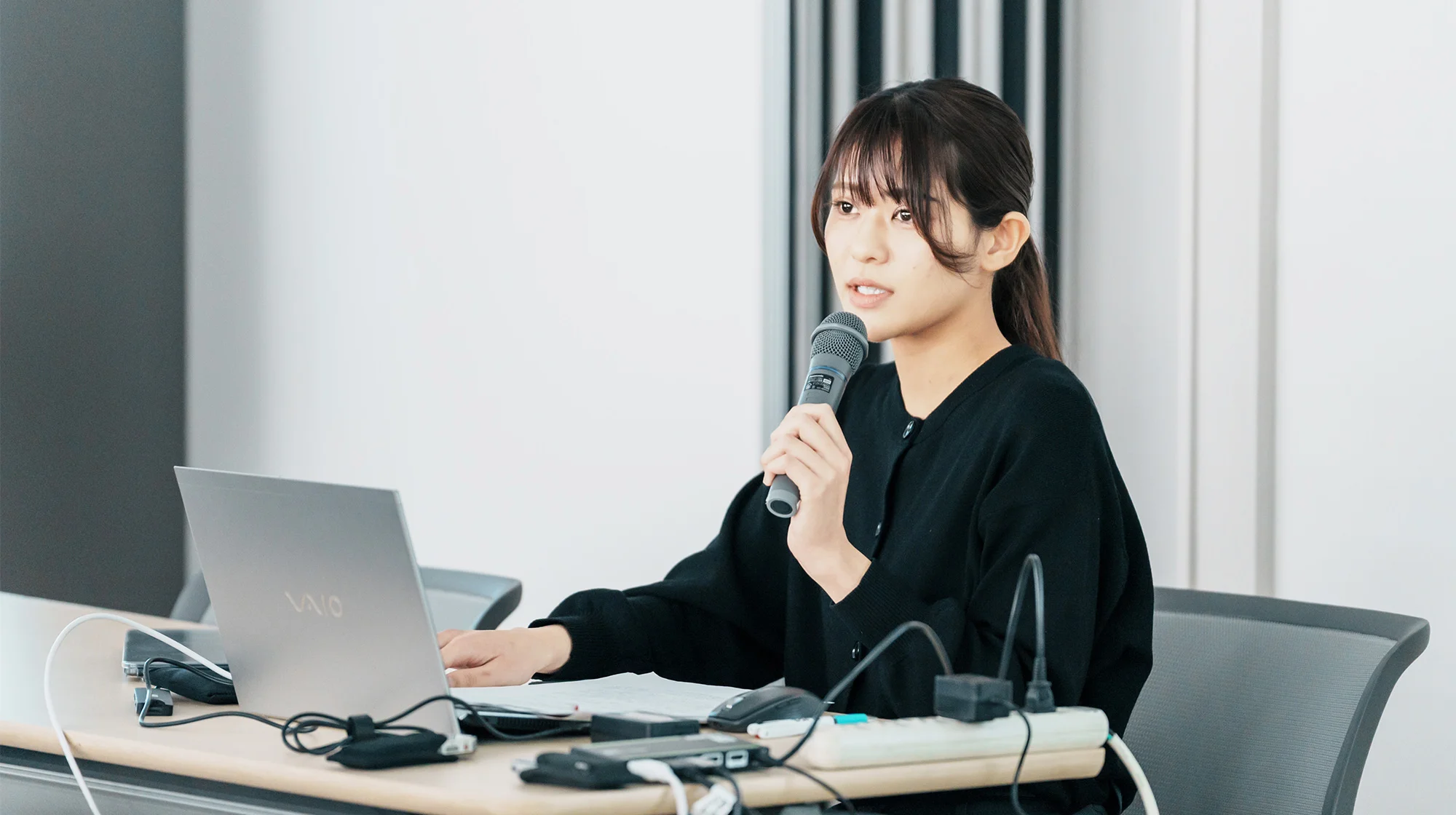
Tanaka presented a plan for the decentralization of tourism activities, under the theme of increasing the accessibility of Miyajima tourist spots and experiences. She introduced ideas such as creating a guide map that helps tourists to see other places of interest after visiting Itsukushima Shrine, and ways to spread out concentrations of people on the Kaigan-dori coastal road that runs parallel to Omotesando Shopping Arcade.
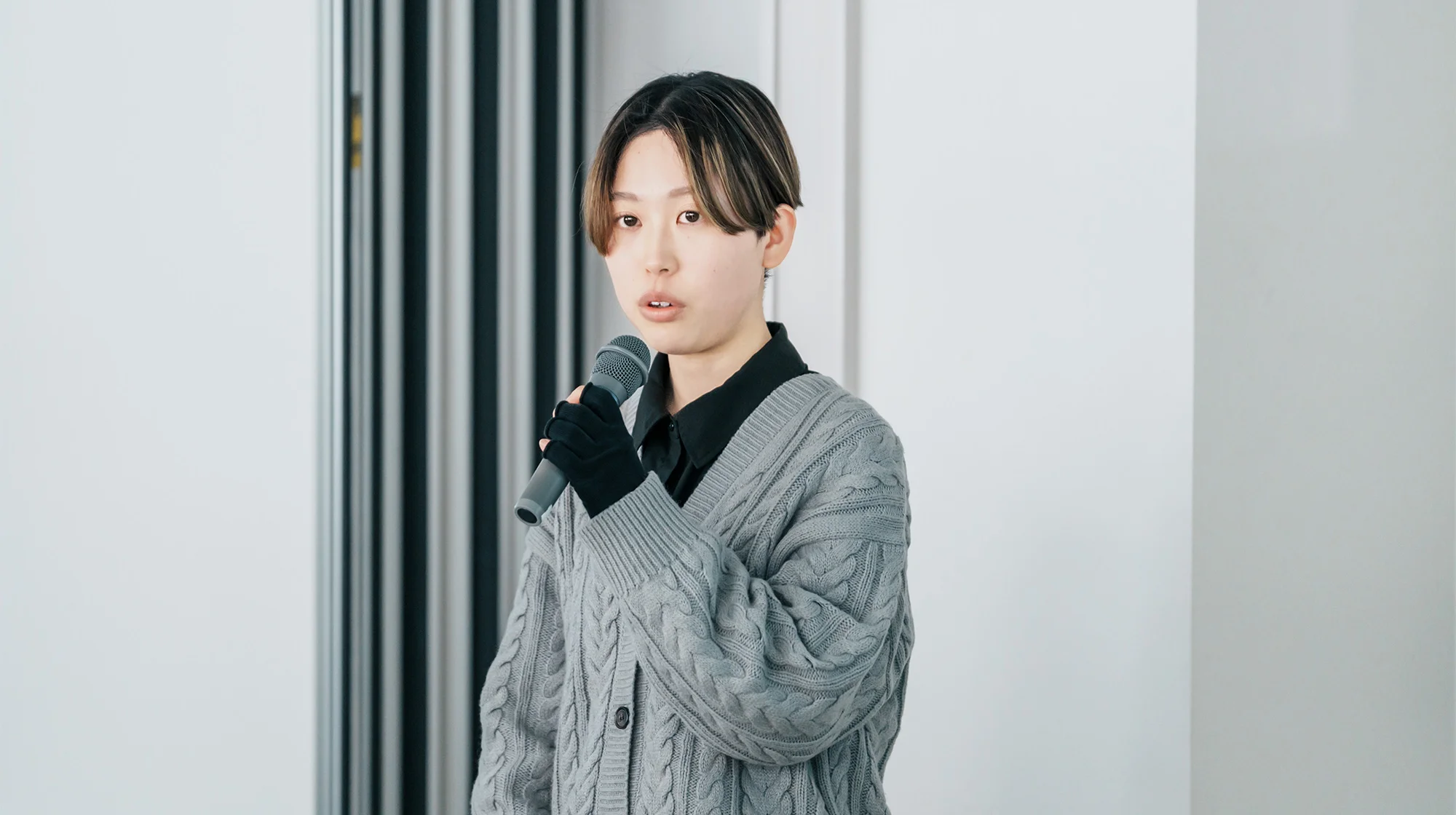
I learned a great deal after hearing their unique perspectives and honest thoughts."
Nakagawa researched the usage of important traditional buildings. He focused on the fact that tourists are attracted to the many traditional buildings in Chue-machi and wish to experience what it would be like to live there. He proposed that converting vacant properties into accommodation facilities would give tourists an opportunity to stay in a traditional building and experience how the residents used to live. By climbing Mt. Misen, they can also experience the belief in nature rooted on the island.
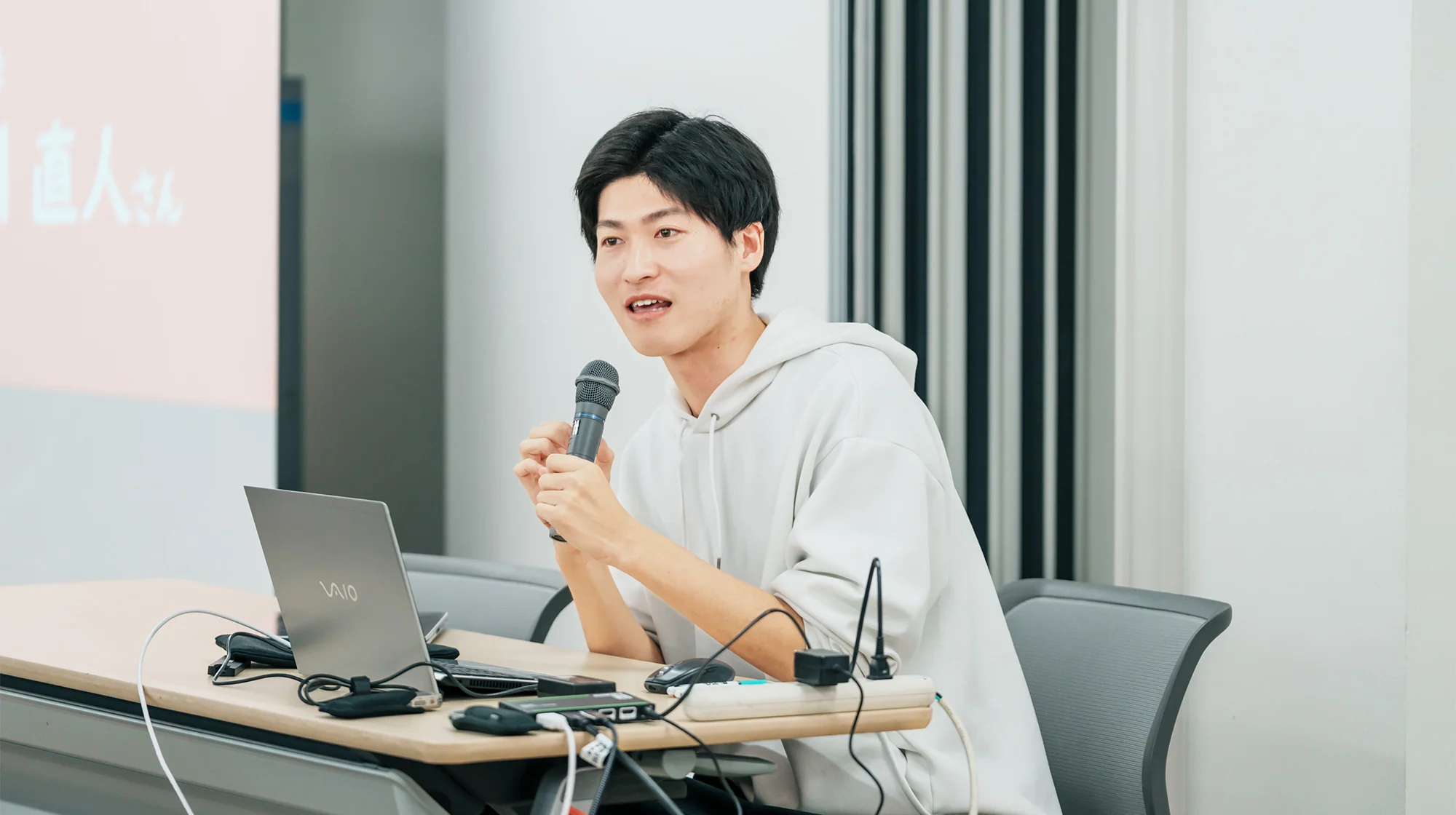
"The topics covered by my research were surprisingly similar to the initiatives already being implemented on the island, so I wish I could have made more specific proposals.
I would like to continue working to solve the issues faced by Miyajima, such as helping to utilize vacant properties."
We will work together to foster a bright future for Miyajima.
The Miyajima Student Forum concluded with a presentation by Hiroshima Shudo University Community Outreach Project members Naoshi Goto and Tatsuya Kishi titled "New Miyajima Tourism Experiences in Chue-machi."
Their goal is to promote the relatively unrecognized area of Chue-machi as Miyajima's third hub of tourism. The project publishes free pamphlets written in simple Japanese and organizes events such as the Chue-MARCHE market and the "Tanomobune" boat-making workshop. Goto stated, "The results of our survey showed that foreign tourists and local residents in Miyajima are looking for better ways to communicate with one another. I think that providing the means and securing spaces for better communication will solve this problem, and deepen the connection that students have with the local residents."
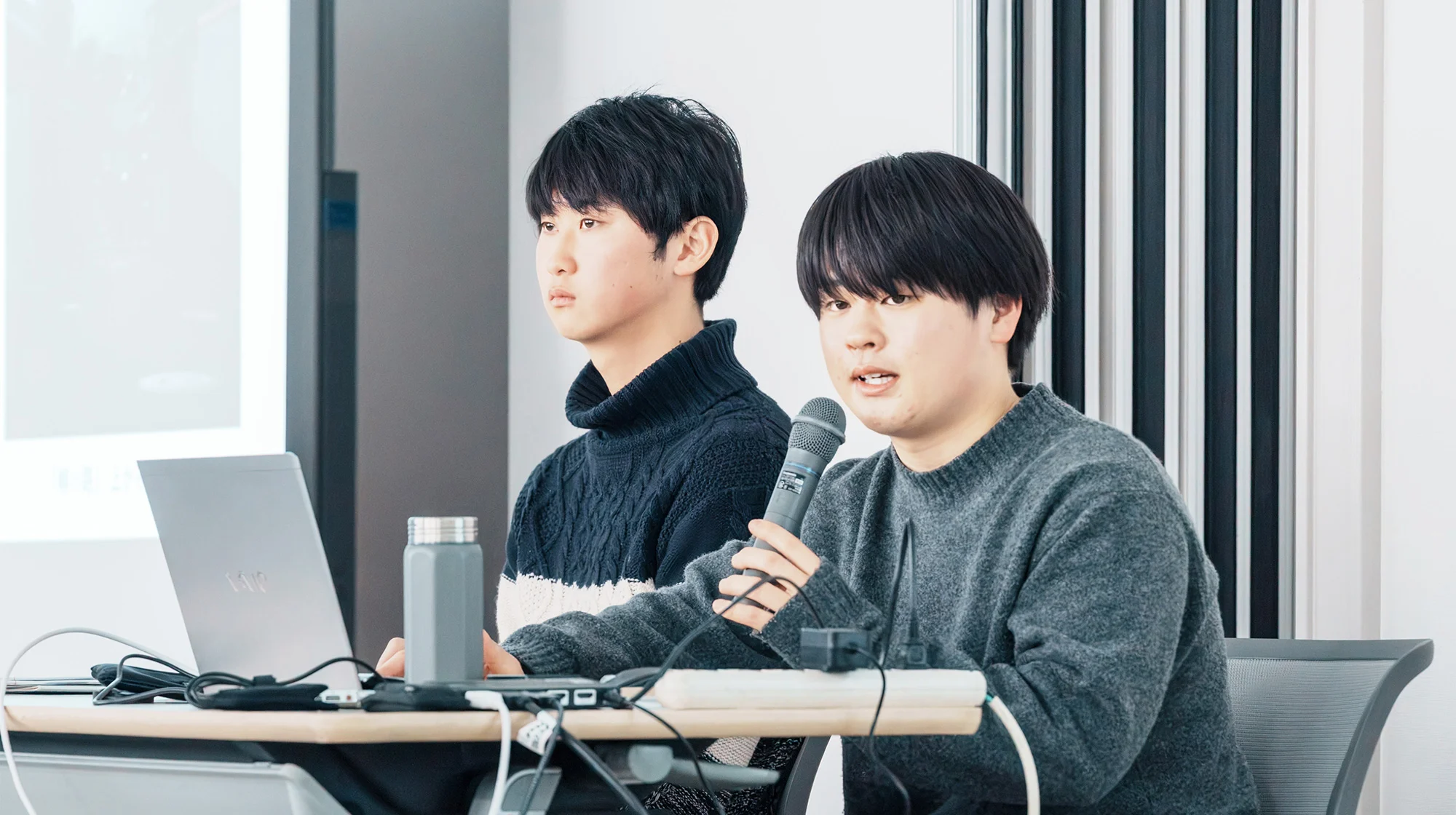
Tatsuya Kishi (left), a 3rd-year student at the Faculty of Global and Community Studies, Hiroshima Shudo University
"I am convinced that our initiatives such as today's student forum can lead to closer collaboration between like-minded students and local residents. If we can continue to work together, we can achieve great things. I also have a greater personal interest in the traditional buildings I visited on the Miyajima excursion."
After each presentation, they received a variety of questions and comments from Miyajima local residents. One particularly impressive comment was, "If we look at the figures for the congestion in Omotesando Shopping Arcade, it could serve as a guide for how to utilize the Kaigan-dori coastal road." Tanaka said that she was grateful for receiving such feedback on the content of her research. It was great to see students and local residents passionately discussing issues faced by Miyajima.
In addition to the students, the forum also had lectures from Junya Terazawa from Miyajima Guesthouse Mikuniya and Miyajima traditional wood-turning craftsman Yusuke Shimomura as people who cherish Miyajima, as well as workshops for all participants.
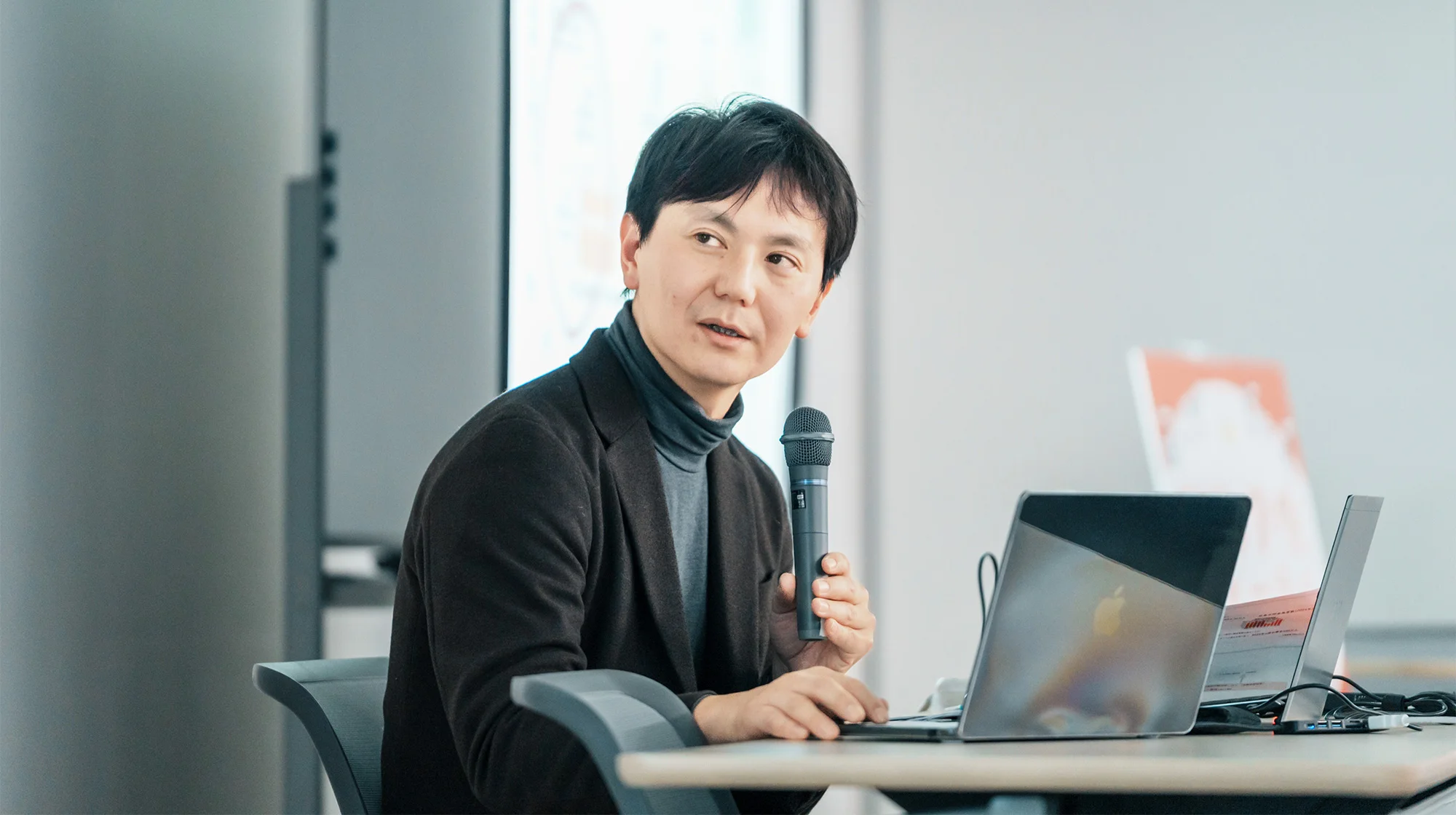
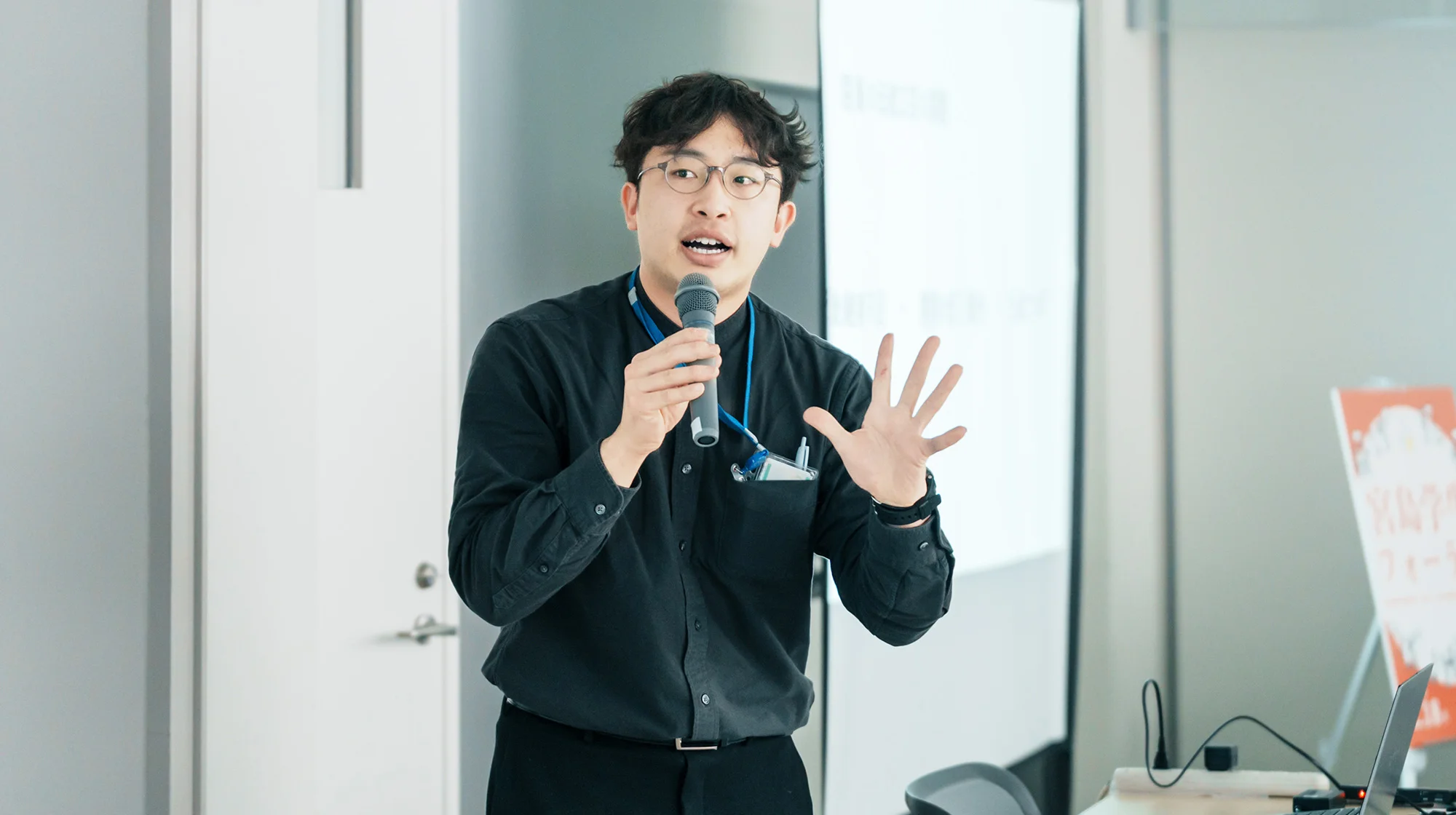
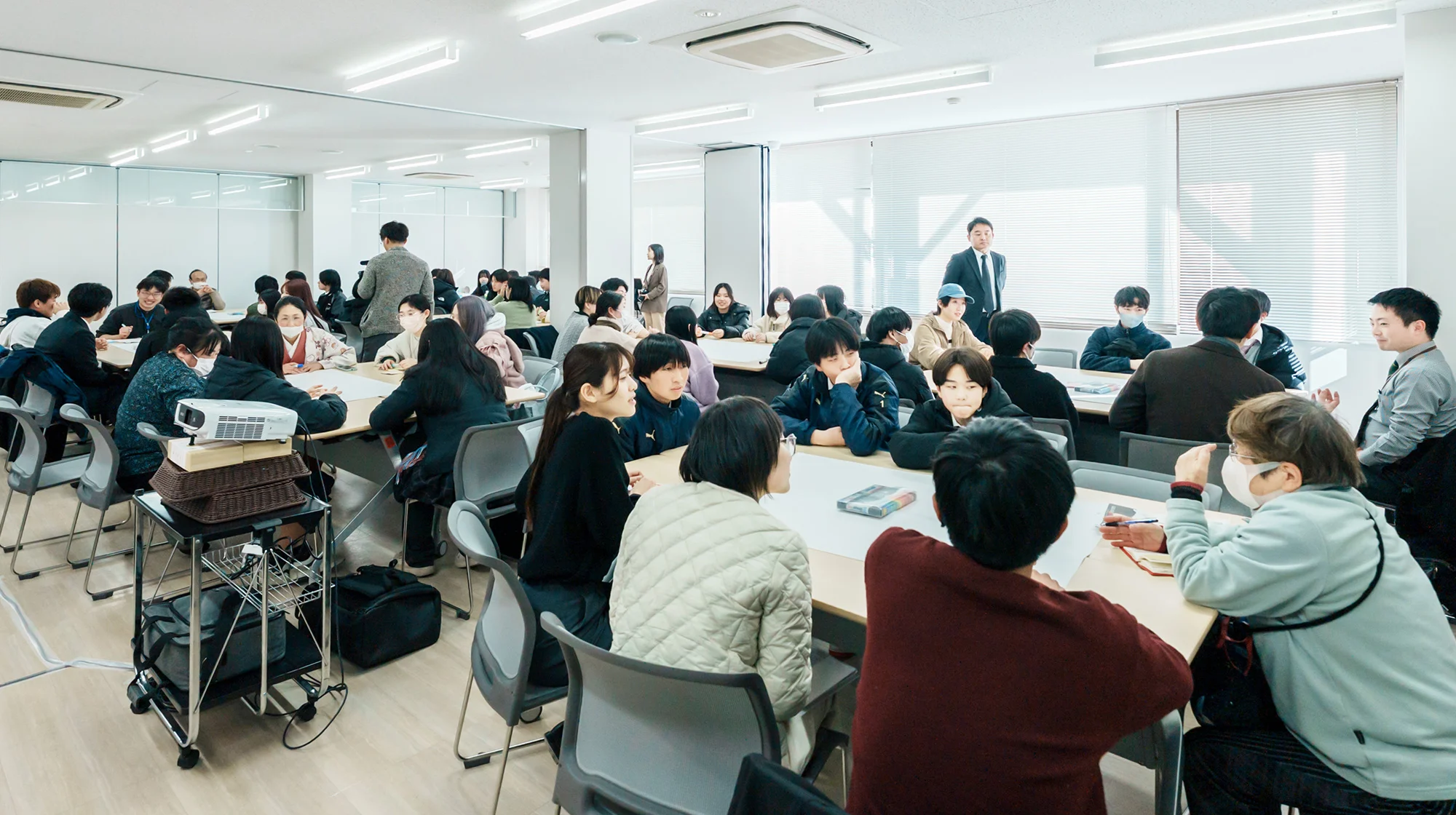
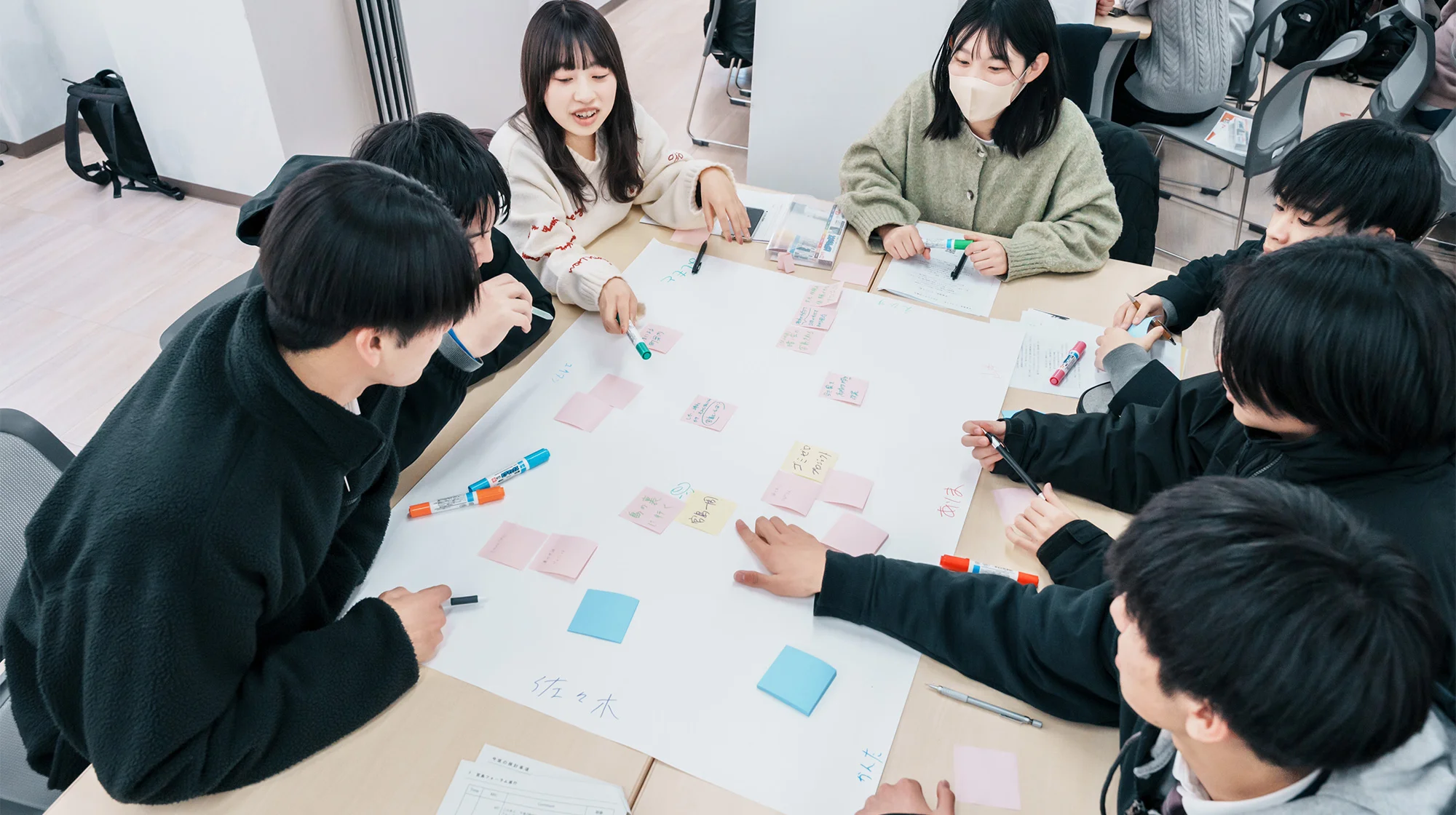
Finally, the "Miyajima Biiki" exchange meeting was held between students and local residents. This provided a valuable chance for the students to hear from the local residents and businesses and discuss the contents of the presentations.
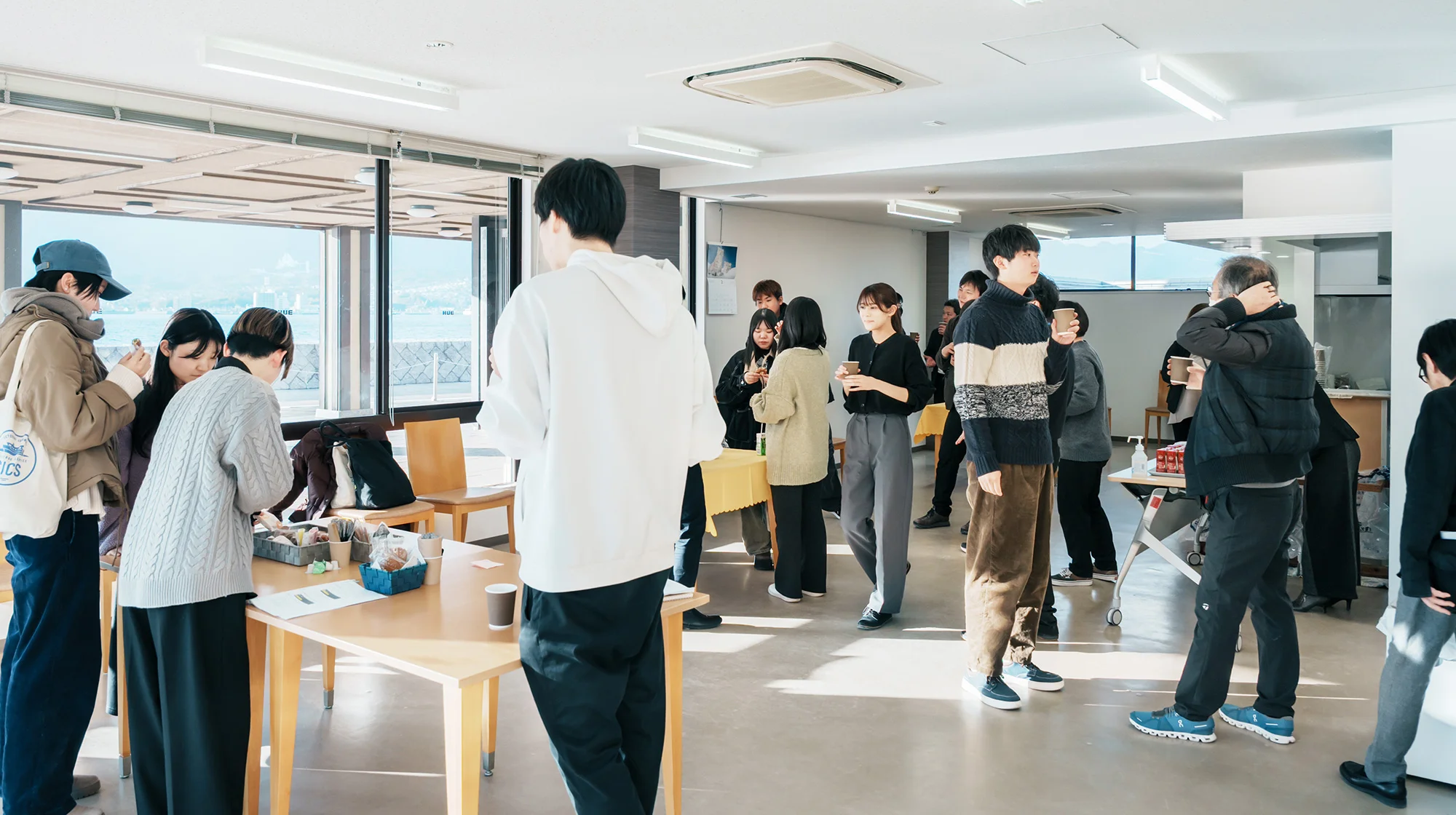
Both students and local residents shared their own perspectives on how to tackle the challenges faced by Miyajima and build a bright future for the region. The Miyajima Student Forum laid a solid foundation to achieve these goals.
